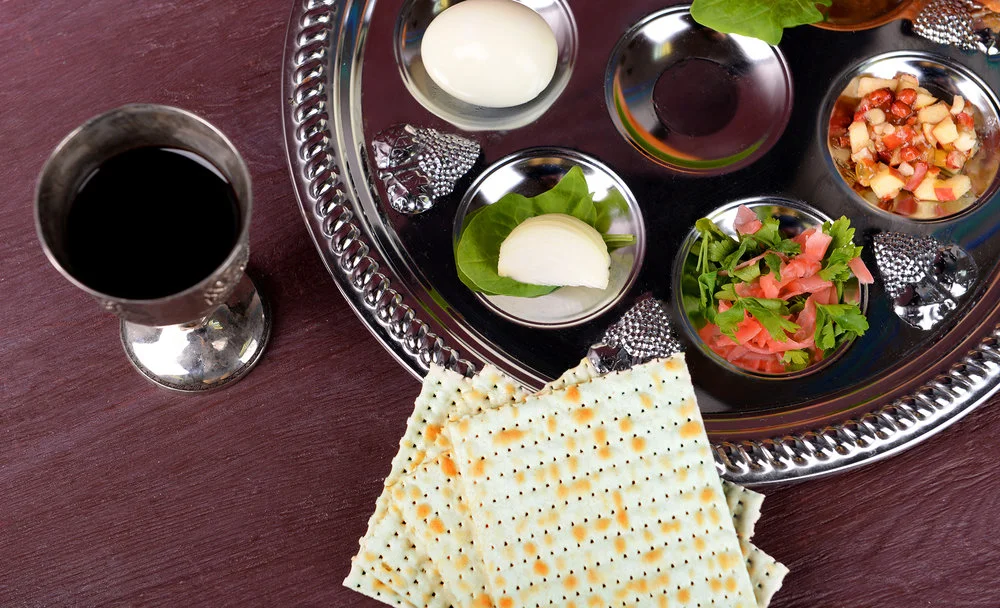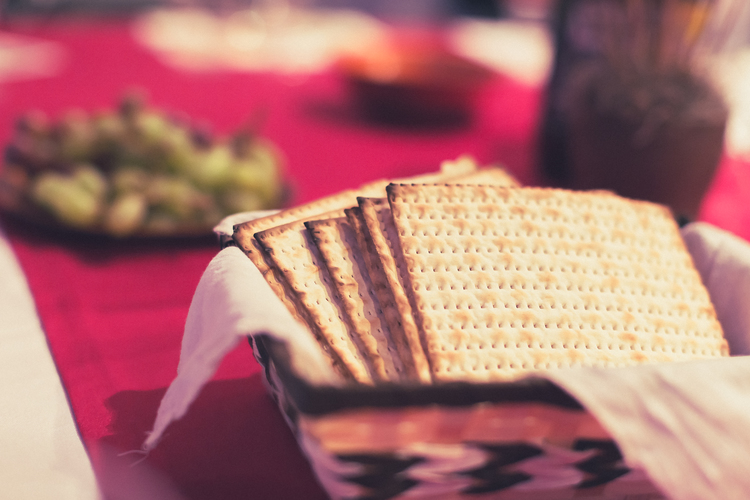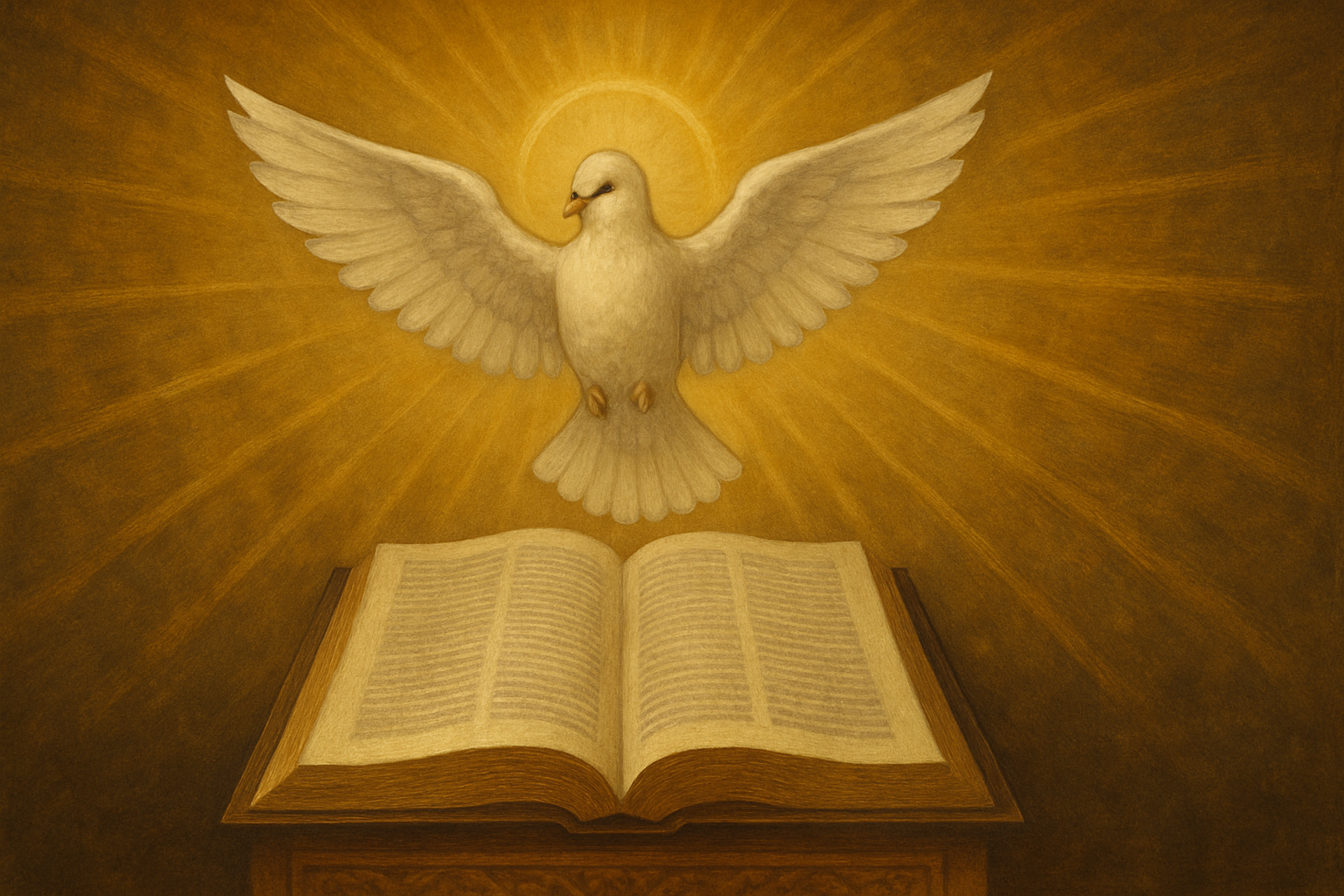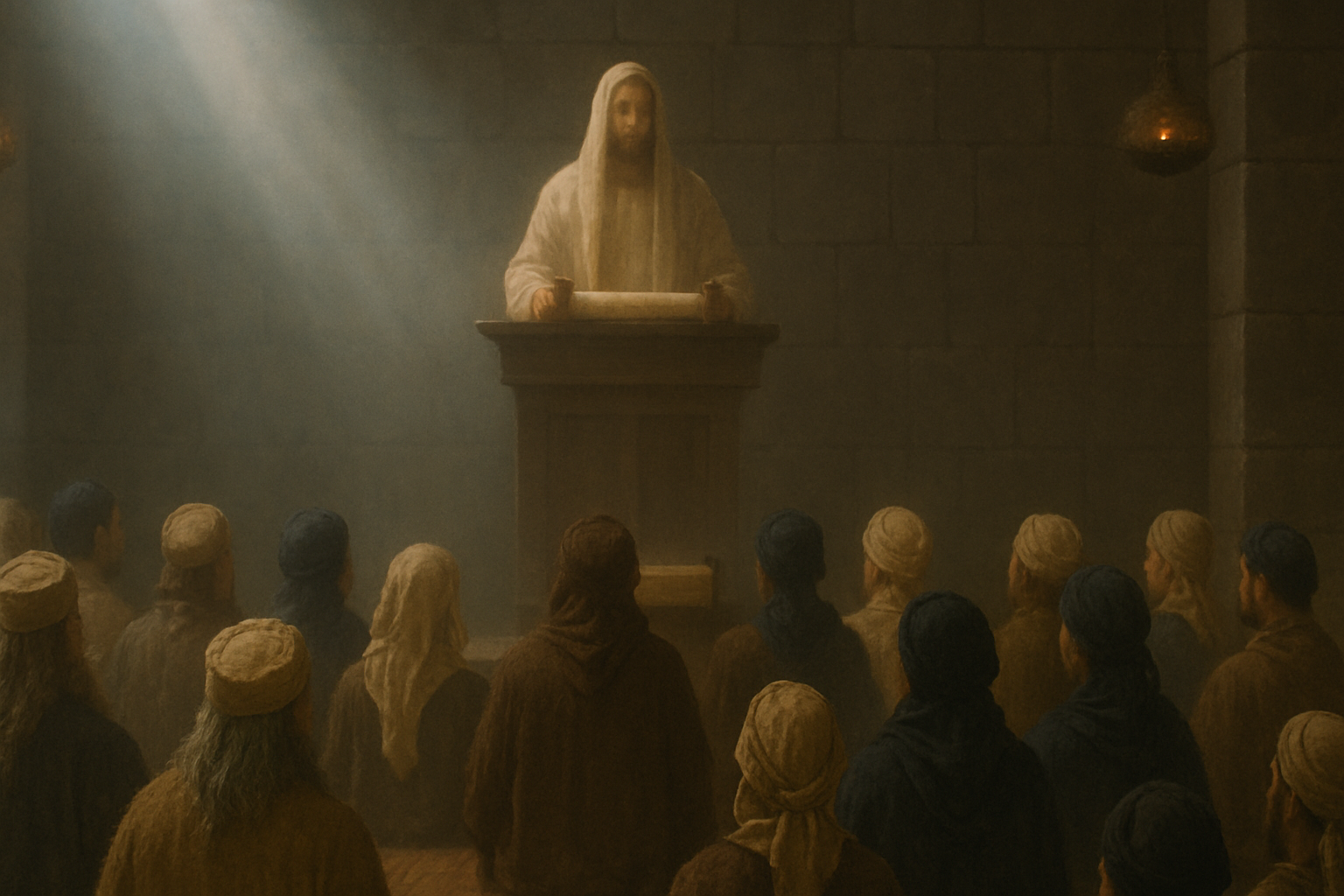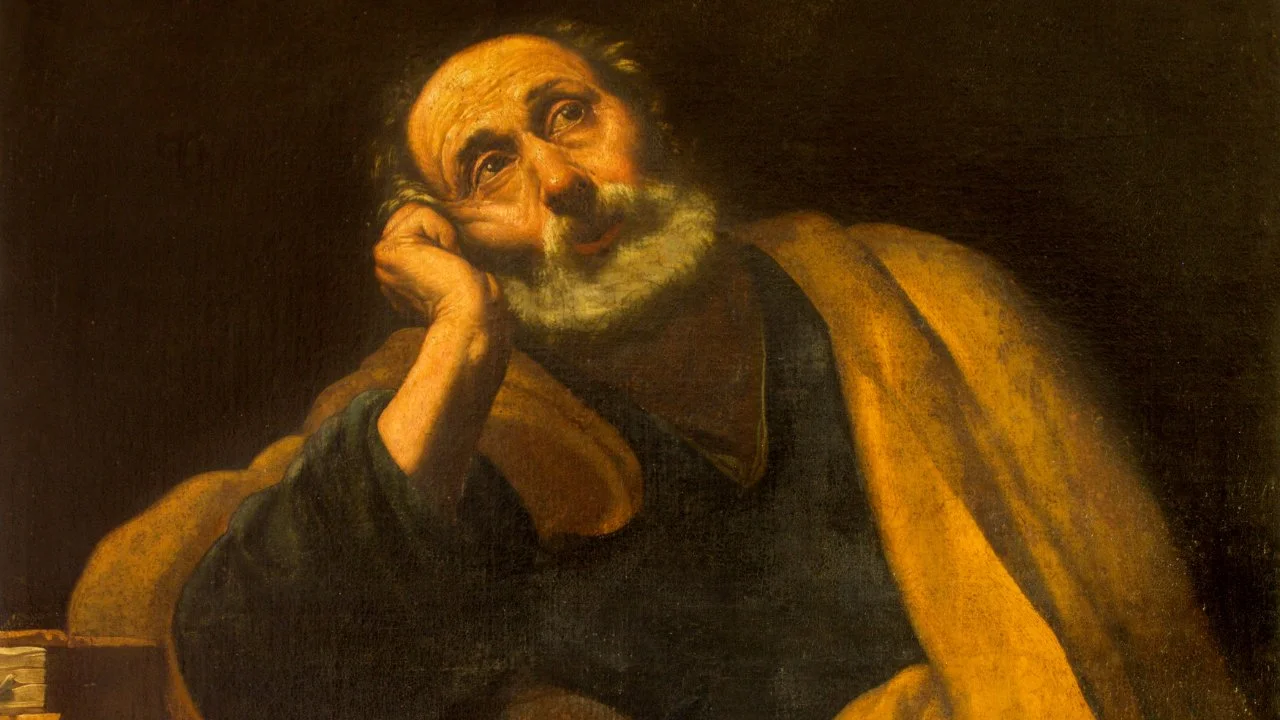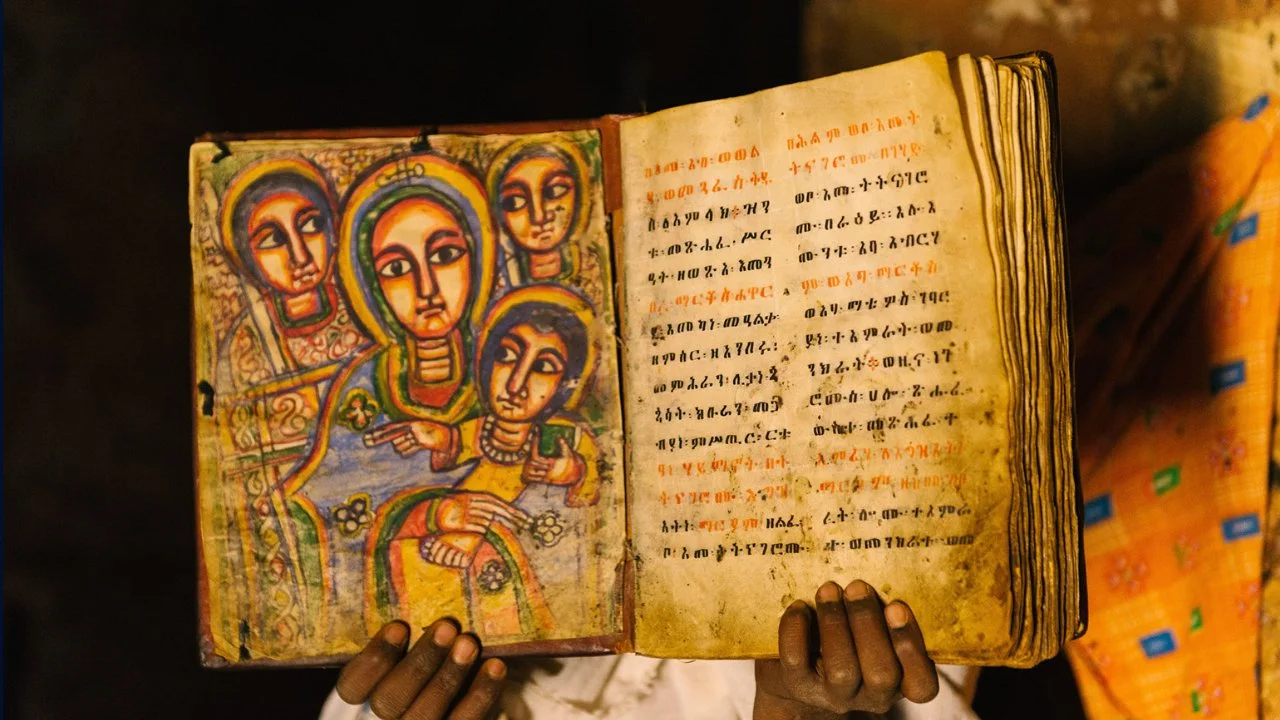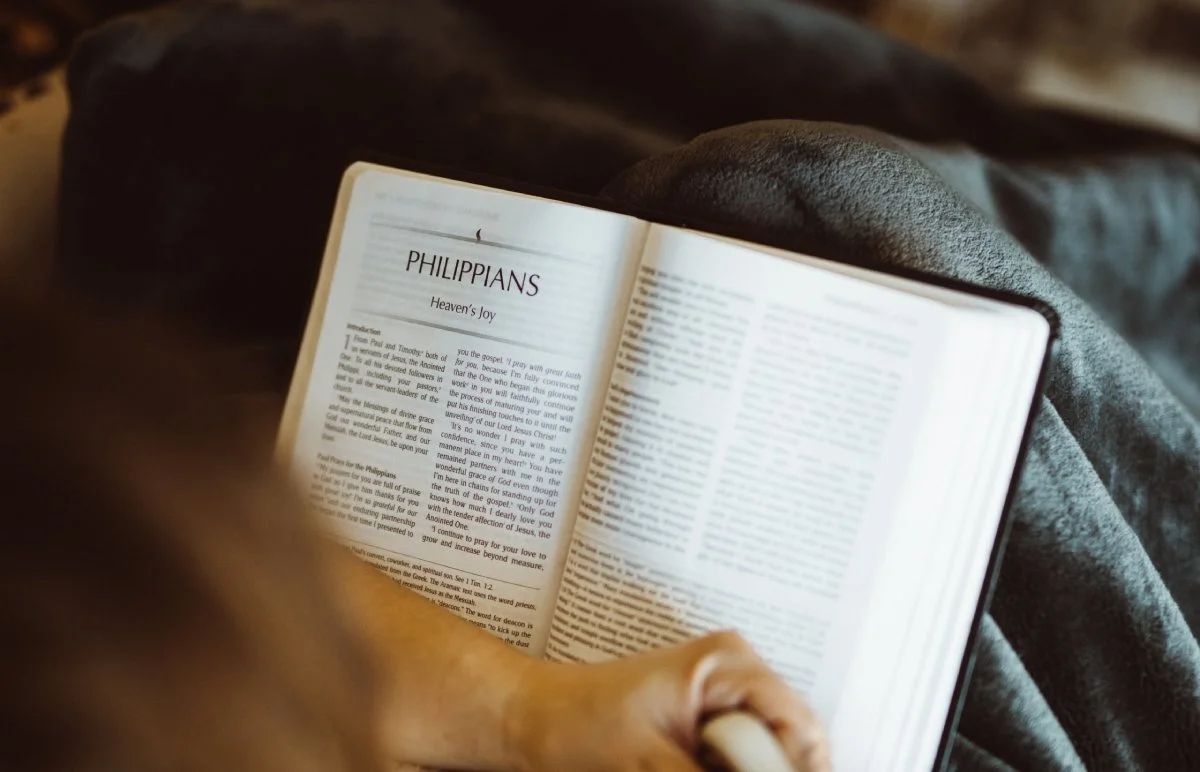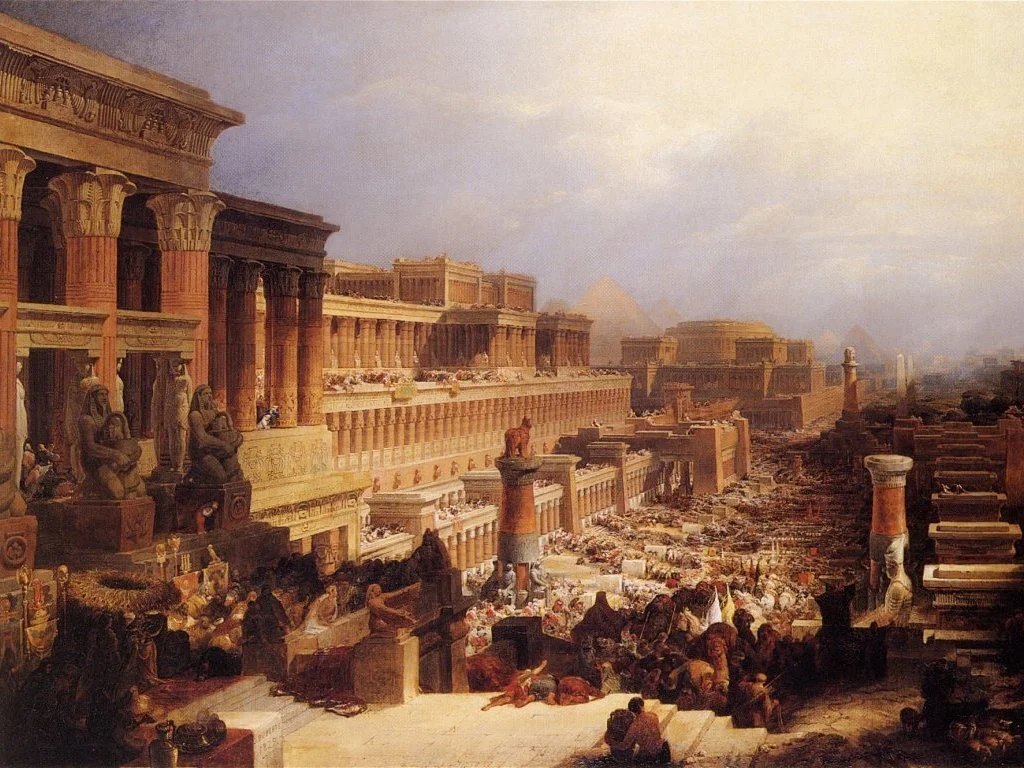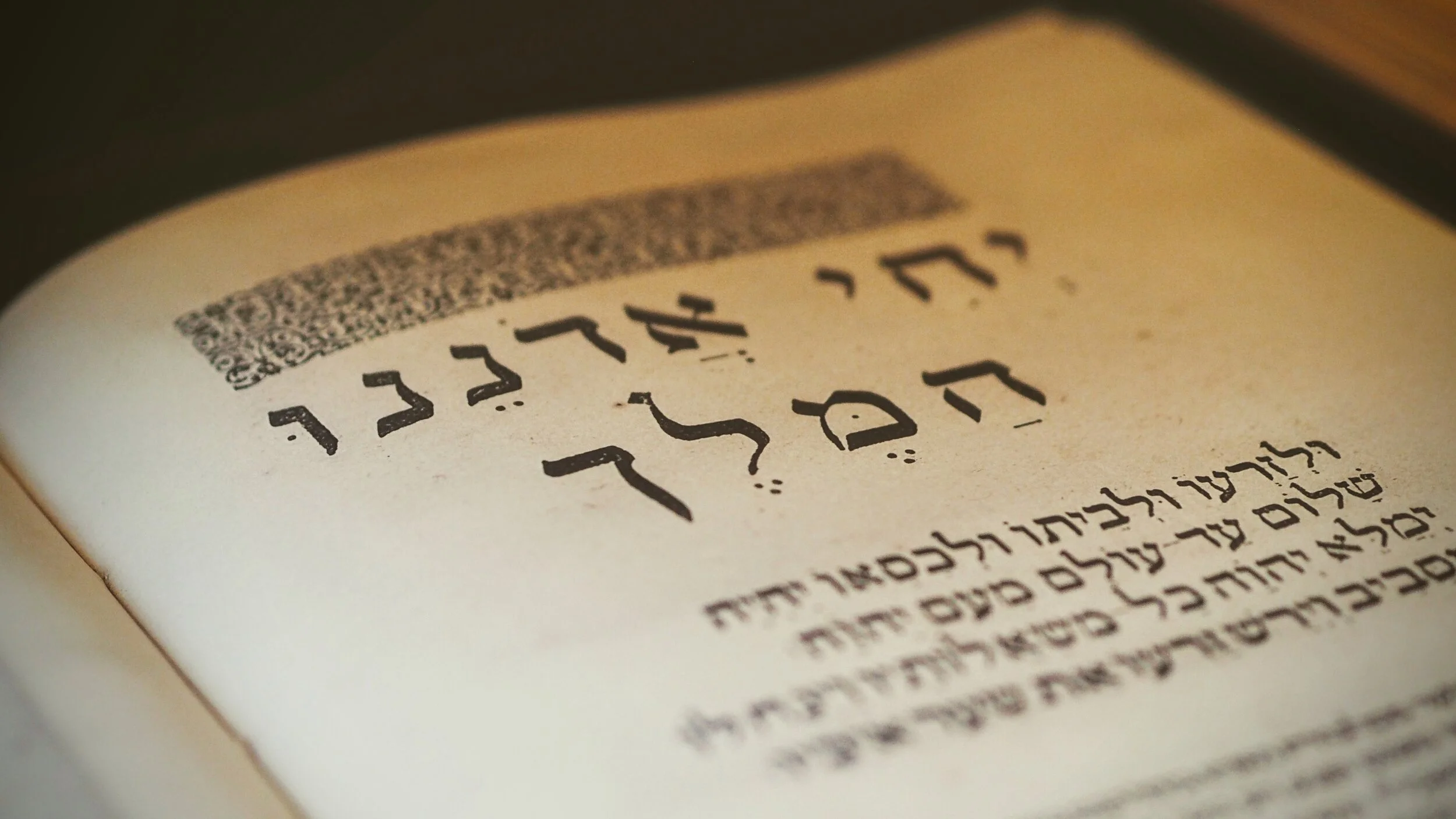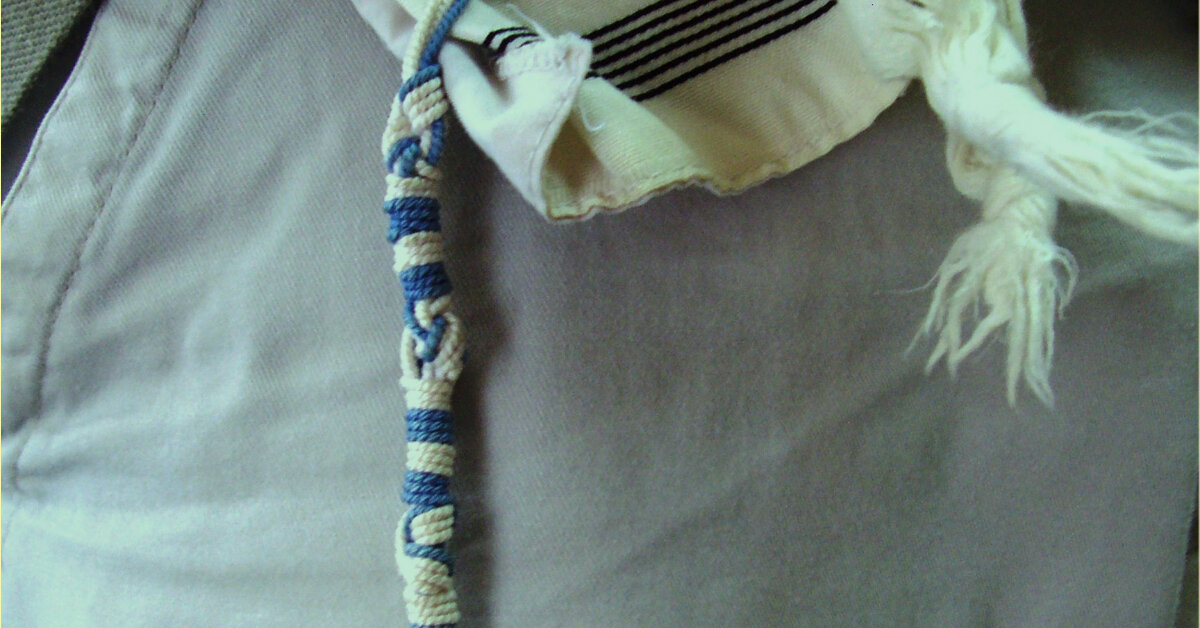Author: David Wilber
One of the most important annual events on the Hebrew calendar is the Passover meal and the seven-day Feast of Unleavened Bread. This powerful biblical holiday commemorates the Exodus story—the deliverance of Israel from their slavery in ancient Egypt. For Christians, this story is a prophetic picture of our own deliverance from our slavery to sin.
The story of Passover is recorded in the Book of Exodus. It takes place in Egypt, where the people of Israel were made to work as slaves. One day the Israelites cried out to God for deliverance, so God sent Moses to go to the ruler of Egypt, Pharaoh, and order him to let the Israelites go free. Pharaoh refused, so God sent plagues upon the land of Egypt: frogs, locusts, and boils, among others (Exodus 7-10). But even after suffering these plagues, Pharaoh still refused to let the Israelites go.
Since Pharaoh continued to stubbornly resist God's will, God told Moses that He was going to send one last plague upon the land—the death of the firstborn son in every home in Egypt. However, God provided a means of safety for the Israelites. He told Moses that He would not touch the houses that had the blood of a lamb on their doorposts. So Moses told the Israelites to kill a lamb and spread its blood on the doorposts of their houses, and thus those houses were “passed over” by God and spared from the plague.
After suffering through this terrible plague, Pharaoh finally agreed to let the Israelites go free, and all of God’s people quickly followed Moses out of Egypt. However, after a short while, Pharaoh ordered his army to go after them, and they chased the Israelites to the bank of the Red Sea. God split the sea, creating a path for the Israelites to cross. But after they crossed, the Egyptian army continued to chase them. So God caused the sea to crash down on the Egyptians, covering them in the water.
Thus, the Israelites were delivered from Egypt and began their journey to the Promised Land. And the Feast of Passover was established to commemorate this miraculous story.
Should Christians celebrate Passover?
In the Torah, God said that His people are to keep Passover and Unleavened Bread throughout their generations as a statute forever (Exodus 12:14). So if you are a follower of the God of the Bible, this is something you are to do.
Also, during the last supper before His crucifixion, Yeshua (Jesus) told His disciples to “do this in remembrance of me” (Luke 22:19). What were they doing when Yeshua said that to His disciples? If we look a few verses earlier, we see that they were doing a Passover seder. Indeed, if you are a follower of the Messiah, you are to do Passover in remembrance of Yeshua.
Still not convinced? Well, not only is Passover commanded by God and reiterated by Yeshua, but even the apostle Paul tells Christians to observe this feast:
Cleanse out the old leaven that you may be a new lump, as you really are unleavened. For Christ, our Passover lamb, has been sacrificed. Let us therefore celebrate the festival, not with the old leaven, the leaven of malice and evil, but with the unleavened bread of sincerity and truth. (1 Corinthians 5:7-8)
So the answer is yes, Christians should celebrate Passover. But why is Passover so important? Why does God want us to celebrate this feast every year? To put it simply, God wants us always to remember the greatest story ever told—the Gospel. He wants us to remember that He is the one who has delivered us from sin, just like He delivered the Israelites from Egypt. He wants us to remember His love for us, that He gave His Only Son so that we might be free.
Listed below are some ways you can celebrate this amazing feast day.
1) Remove the leaven from your home
During the days leading up to Passover, we are to remove all of the leaven (chametz) from our homes (Exodus 12:15). Leaven is a substance that is added to dough to cause it to ferment and rise. In the Bible, leaven is often symbolic of sin. Thus, the command to remove leaven from our homes is designed to teach us to examine our hearts. It is a time of introspection. As we explore every corner of every room in our homes for literal leaven, we are to ask God to search every corner of our hearts to reveal any sin in our lives.
On the day before Passover, it is customary to do a final search around the house for leaven. This is called bedikat chametz, which means the “search for leaven.” For fun, parents usually hide a few pieces of leavened bread around the house so that their children will have something to find. It is customary to turn off all the lights in the house and use a candle or flashlight during the search. The candle or flashlight represents Yeshua, who is “the light of the world” (John 8:12). It’s by His light that we can overcome sin in our lives.
After leaven is found, the children are to call for their father to come and sweep it up. This teaches us that we are unable to remove sin from our lives on our own. We need our Father in heaven’s help. Once all the leaven is found, it is gathered together to be burned or thrown away. This symbolizes how Yeshua frees us from sin and removes it from our lives.
As far as the east is from the west, so far has he removed our transgressions from us. (Psalm 103:12)
2) Review the Exodus story
The story of Israel’s deliverance from Egypt is to be remembered and retold at the time of Passover every year:
Remember this day in which you came out from Egypt, out of the house of slavery, for by a strong hand the Lord brought you out from this place. (Exodus 13:3)
And when your children say to you, ‘What do you mean by this service?’ you shall say, ‘It is the sacrifice of the Lord’s Passover, for he passed over the houses of the people of Israel in Egypt, when he struck the Egyptians but spared our houses.’ (Exodus 12:26-27)
You shall tell your son on that day, ‘It is because of what the Lord did for me when I came out of Egypt.’ (Exodus 13:8)
There are many lessons we can learn from the Exodus story and what it means to us today as Christians. It teaches us about standing on God’s promises in the face of extreme opposition. It teaches us that in the midst of the plagues and trials of life, God is with His people. Most importantly, it teaches us about our own personal salvation in Yeshua.
There are many ways to fulfill the command to remember and retell this story. You could read through the book of Exodus and have Bible studies with friends or family. You and your family could watch movies about the Exodus story. (I recommend watching movies in addition to, not as a replacement of, reading the biblical narrative.) Also, in the Passover haggadah, there is a section of the seder (see below) where you retell the Exodus story and allow the kids to ask questions about the various traditions involved in the celebration.
3) Do a Passover seder
One of the most significant parts of the celebration is the Passover seder. This is a special ceremony that kicks off the seven-day festival of Unleavened Bread. During the seder, we eat special foods that help us reconnect with the Israelites’ journey out of Egypt, and also recall our own spiritual journey out of sin. A haggadah (telling) is a book or an outline used to set forth the order of the ceremony. You can look to join a local Messianic or Christian congregation’s Passover seder, or simply get a haggadah and do your own with your family and friends.
Some of the traditional foods on the seder plate include:
Karpas – Parsley. This represents the growth of the Israelites and God’s blessing on them as promised to Abraham. Towards the beginning of the seder, the karpas is dipped in salt water and eaten. The salt water reminds us of the tears that were shed in Egypt because of the harsh slavery and oppression of God’s people. In addition, it reminds us of the pain and sorrow that come as a result of our sin, and of our separation from God before we met Yeshua our Messiah.
Maror – A bitter herb, such as horseradish. This represents the bitterness of slavery and reminds us of the bitterness that comes as a result of our sins.
Charoseth – A mixture of apples, nuts, and honey. This represents the mortar that the slaves in Egypt used to make bricks. It reminds us of the sweetness of God’s grace.
Matzah – Flat, unleavened bread. This represents the bread made by the Israelites when they left Egypt. They didn’t have time for their bread to rise because they left “in haste” (Deut. 16:3). This is to help us recall our deliverance from Egypt and remind us that we need to get the leaven (sin) out of our lives.
Ze’roa – A roasted lamb shank bone. This represents the Passover sacrifice whose blood was spread over the doorposts of the Israelite homes in Egypt. It also represents the Messiah Yeshua, the lamb of God who takes away the sin of the world.
Wine/Grape Juice – The wine is representative of the blood of Yeshua that was shed for us (Matthew 26:27-28). Four glasses of wine are drunk during the seder. These glasses stand for the four “I will” promises found in Exodus:
Say therefore to the people of Israel, ‘I am the Lord, and I will bring you out from under the burdens of the Egyptians, and I will deliver you from slavery to them, and I will redeem you with an outstretched arm and with great acts of judgment. I will take you to be my people, and I will be your God, and you shall know that I am the Lord your God, who has brought you out from under the burdens of the Egyptians.’ (Exodus 6:6-7)
1) The Cup of Sanctification – “I will bring you out.”
2) The cup of Deliverance – “I will deliver you.”
3) The cup of Redemption – “I will redeem you.”
4) The cup of Praise – “I will take you to be my people.”
In addition to the four glasses of wine representing the four promises of God in Exodus 6:6-7, there is also the Cup of Elijah. This glass of wine is poured toward the end of the seder, and it helps us recall the prophecy that Elijah must return to prepare the way for the Messiah. This glass is filled and then left on the table. Then one of the children opens the front door of the house in order to symbolically “welcome” Elijah to come.
Interestingly, both the Jewish people and Christians are waiting for the return of the Messiah. The Jewish people are waiting for what they believe to be the first coming of Messiah, while Christians are waiting for the Second Coming. This part of the seder is a great moment to include a prayer for the salvation of the Jewish people and everyone else who doesn’t yet know Yeshua as the Messiah.
There are other meaningful traditions performed throughout the seder, such as the lighting of candles and the washing of hands. But perhaps the most interesting tradition is the search for the afikomen. As part of the seder, there is matzah kept in a special covering with three compartments representing the triune nature of God—Father, Son, and Holy Spirit. One piece of matzah is placed in each compartment. In Judaism, the three pieces of matzah are said to represent Abraham, Isaac, and Jacob. The middle matzah represents Isaac, the son of Abraham, who willingly submitted to his father to be a sacrifice (Genesis 22). This is a beautiful picture of Yeshua, the Son of God, who willingly laid down His life for us.
Just as Yeshua was broken for our transgressions (Isaiah 53:5-7), the middle piece of matzah is broken in two. One half of the broken matzah is placed back into the covering while the other half is wrapped in a separate linen cloth. This piece is called the afikomen, which means, “that which comes after,” or “dessert.” The afikomen is then hidden. This represents Yeshua’s body on earth. After He was crucified, his body was wrapped in cloth, and then He was hidden away in the tomb (Matthew 27:59-60). Toward the end of the seder, the children search for the afikomen, and whoever finds it gets a reward. The reappearance of the afikomen of course represents the resurrection of the Messiah.
The seder concludes with a celebration in which everyone shouts, “Next year in Jerusalem!” This is done in anticipation of the coming of our Lord when we will have the Passover meal with Him in His kingdom.
4) Observe the high holy days
During Unleavened Bread there are two “high Sabbaths”: one on the first day and the other on the last day of the festival. Just like the regular weekly Sabbath, these are days on which we are not to do any work. Instead we are to simply enjoy God’s gift of rest and reflect on the meaning of this special time of year. We are also commanded to have a holy convocation on these two days, so plan ahead to be in fellowship with other believers at those times. Unleavened Bread is a great opportunity to get together with your congregation or small group of friends to have a Bible study, play games, or worship the Lord through music and dancing.
5) Eat awesome food!
You might feel limited in what you can eat due to having to avoid anything with leaven, but there are lots of great Passover recipes to enjoy. Traditional foods include things like Matzah Ball Soup, which is a mixture of matzah meal, eggs, water, and chicken fat. Another favorite it Baklava, which is a pastry made with thin layers of unleavened dough, honey and nuts. Indeed, your chametz fast doesn’t have to be miserable. Look up new recipes to try—you might be surprised at how many great ideas there are.
Chag Sameach (happy festival)! May your celebration be blessed, and may the Lord bring you into a closer relationship with Him this Passover season.
About David Wilber
David is first and foremost a passionate follower of Yeshua the Messiah. He is also a writer, speaker, and teacher.
David’s heart is to minister to God’s people by helping them rediscover the validity and blessing of God’s Torah and help prepare them to give an answer to anyone who asks about the hope within them (1 Peter 3:15)…

